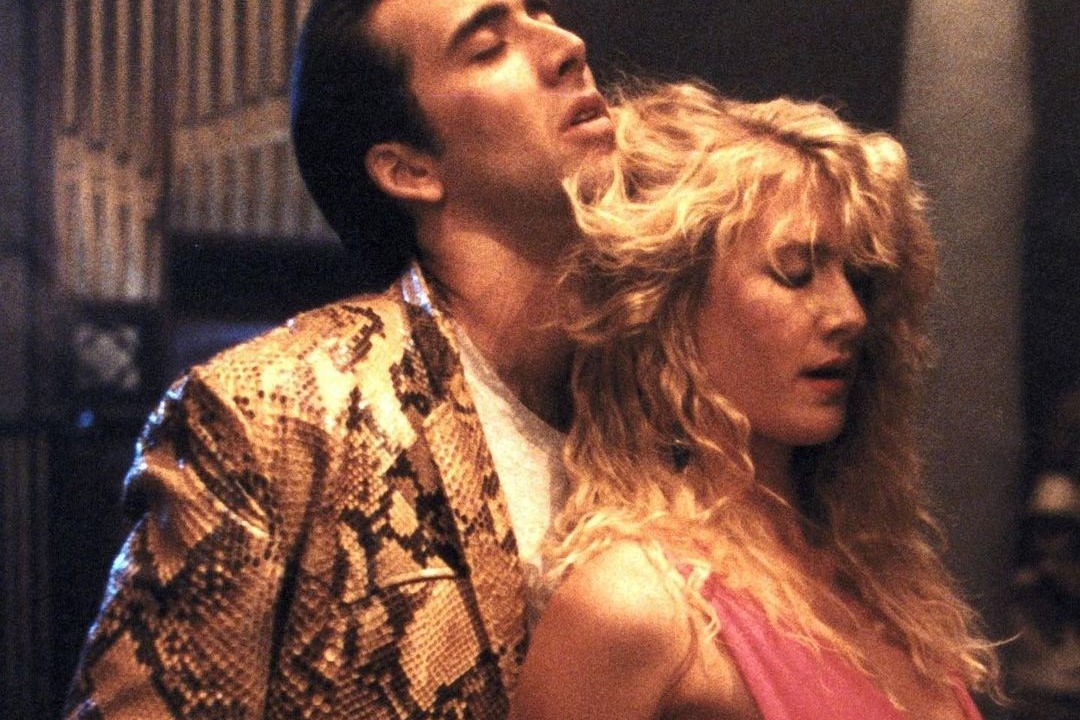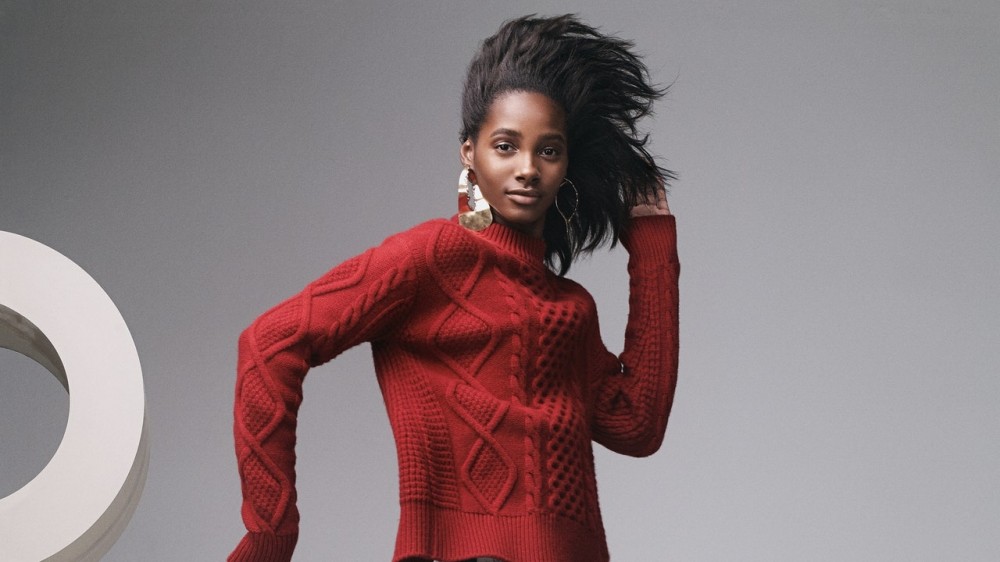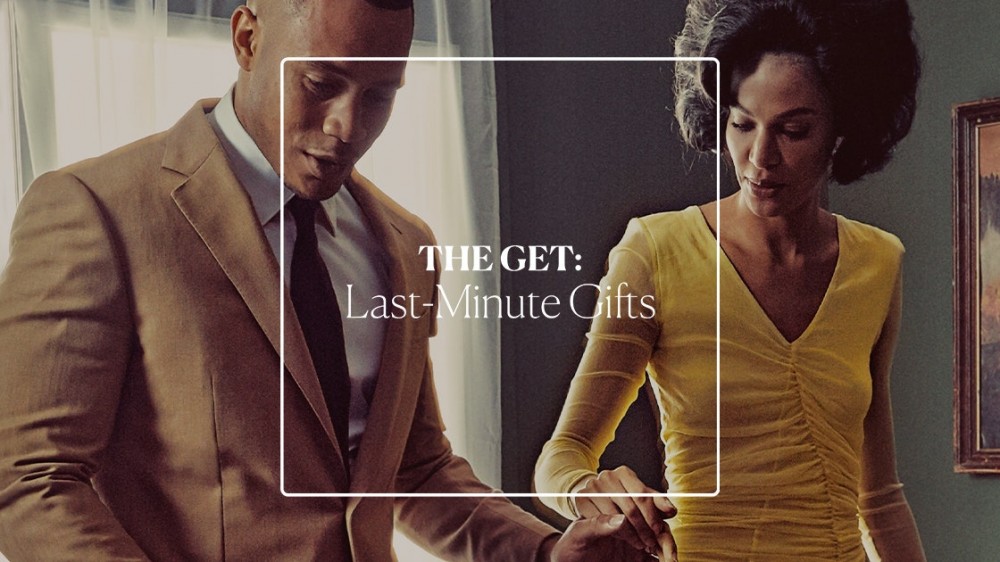
This exhibition showcases how Asian Americans changed fashion forever
Asian Americans in New York Fashion: Design, Labour, Innovation runs from March 2 to March 27 at the Museum at FIT
Peter Do, Prabal Gurung, and Phillip Lim, Sandy Liang, Anna Sui, and Vera Wang, Kim Shui, Kimora Lee Simons, and Rui Zhou – contemporary fashion owes much of its success to its Asian American designers. And yet, on scouring the annals of the industry, their collective influence has often gone unacknowledged. This isn’t to mention the thousands of factory workers who helped to build the backbone of the garment industry, particularly in New York, and the vast swathes of Asian Americans who make up fashion’s workforce today.
“We noticed over the course of our research that there was a gap when it comes to discussing this kind of labour,” says Maurizio Marrero, a student at the Fashion Institute of Technology, “so we felt an exhibition to celebrate the Asian American community’s contributions to the fashion industry was long overdue.” Opening to the public today (March 2) and running through to March 27, Asian Americans in New York Fashion: Design, Labour, Innovation is the first show of its kind, tracing the impact of these individuals through clothing, photography, video, and more. “Our main objective is to showcase the different modes of expression and the wide variety of ways in which Asian Americans look at design,” Marrero explains.




Of course, there is no singular Asian American aesthetic and these designers, with their clashing and contradictory approaches to fashion, reject the idea of a monolith. As if to underscore this, the students of FIT have made the unusual choice not to make reference to the specific heritages of featured creatives. “We want viewers to focus on the craftsmanship that goes into the work the designers create. By not individually presenting each designer’s background they are not singled out by their personal identities.” This stretches back to the 1950s, with an evening gown by Linda Kinoshita, who was the first Asian American to establish their own couture salon. That same ingenuity is then mapped onto the work of Jean Yu, who has a silk lingerie set on display, and a graffiti-flecked jacket from Shail Upadhya, a former United Nations official from Nepal. “He commissioned a painter-tailor to upcycle a jacket from his own wardrobe so it raises the question of who gets to be a designer and who gets credit for fashion designs.”
Elsewhere, designers like Peter Do and Sandy Liang represent the new Asian American guard, but the exhibition does well to spotlight the industry’s unsung heroes, too, like the garment workers who marched during the 1982 Chinatown strike, advocating for better wages and labour conditions – told via the photography of Harvey Wang. That demonstration was a turning point in the history of US fashion and the contributions of Asian Americans have mushroomed ever since. For example, where there are only 19 Black people and 31 Latinx, 43 of the 500-plus members of the CFDA are Asian American, and a 2010 study by The New York Times reported that 70 per cent of Parsons’ international students came from Asia, which is a trend reflected in fashion education at large.
It would be remiss not to read this exhibition as a reaction, at least in some way, to the rise in anti-Asian hate crime which has blighted the USA in the past couple of years. “Designers like Prabal Gurung and Phillip Lim are doing a lot of work advocating for marginalised communities and speaking against anti-Asian racism,” Marerro says, with both Gurung and Lim donating pieces from their personal archives, alongside ephemera sourced from the vaults of FIT. “Asian-American designers are raising awareness, collaborating with scholars and activists, to create a dialogue surrounding the racism that Asian-Americans face. It’s about using fashion as a platform, making it clear that fashion and politics are not separate systems”.
Asian Americans in New York Fashion: Design, Labour, Innovation runs until March 27 at the museum at FIT



